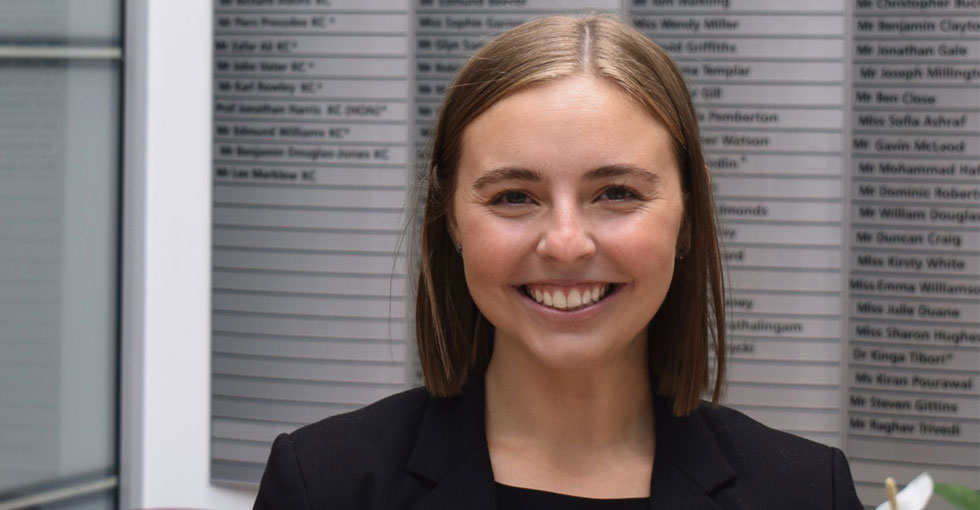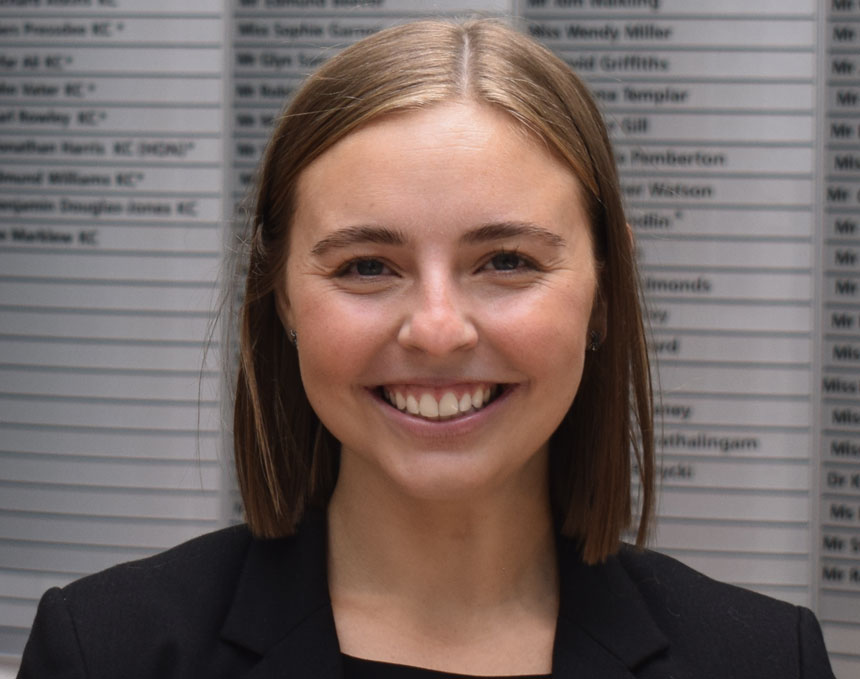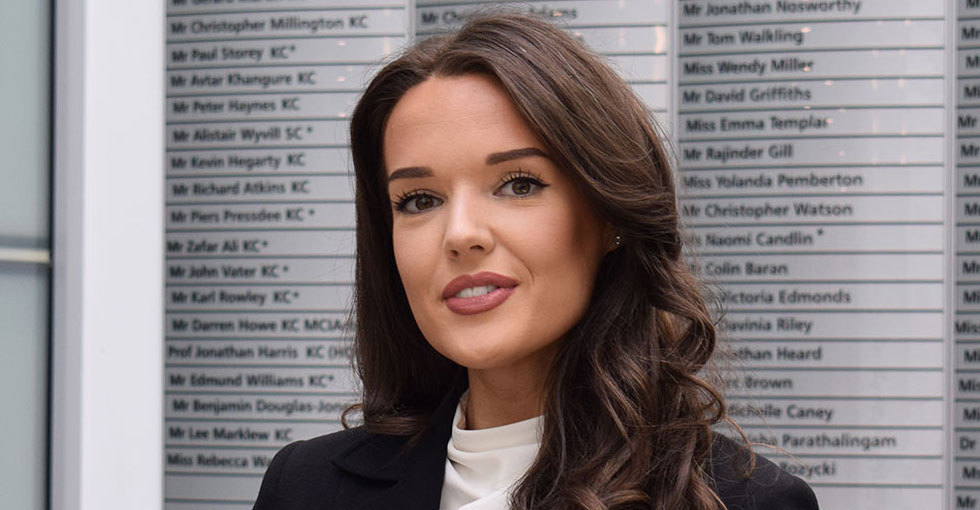An article by pupil barrister Molly Roberts.
Under section 9(6) and 9(6B) of the Children Act 1989, apart from section 8 orders with a ‘live with’ provision, ‘no court shall make a section 8 order which is to have effect for such a period which will end after the child has reached the age of sixteen unless it is satisfied that the circumstances of the case are exceptional’. Further, under section 9(7), ‘no court shall make any section 8 order, other than one varying or discharging such an order, with respect to a child who has reached the age of sixteen unless it is satisfied that the circumstances of the case are exceptional’. In other words, a section 8 order cannot extend beyond the age of 16 (apart from ‘live with’ orders) and nor can new section 8 orders be made in respect of a 16-year-old, save for in exceptional circumstances.
What age, then, can a section 8 order be extended to?
Section 91(11) stipulates that ‘where a section 8 order has effect with respect to a child who has reached the age of sixteen, it shall, if it would otherwise still be in force, cease to have effect when he reaches the age of eighteen’. The CA 1989 defines a child in section 105(1) as ‘a person under the age of eighteen’. Hershman and McFarlane: Children Law and Practice further clarifies at paragraph [351]:
‘A child arrangements order will cease to have effect on the following dates (or at such earlier time as the court may determine):
- The date when the child reaches the age of 18, where the order relates only to either or both of the following:
- With whom the child concerned is to live; and
- When the child is to live with that person;
- The date when the child reaches the age of 16, in the case of any other child arrangements order, unless the court making the order is satisfied that the circumstances of the case are exceptional, in which case it may provide that order shall have effect until the child reaches the age of 18.’
What are the exceptional circumstances that are needed?
Such ‘exceptional circumstances’ are not defined in the Children Act 1989. Volume 1 of the Guidance and Regulations (2008) states ‘an example of such a circumstance might be where an older child has impaired cognitive development’ (paragraph 2.58).
In Re M (A Minor) (Immigration: Residence Order) [1993] 2 FLR 858, Bracewell J was concerned with a 12-year-old girl who arrived in England with her asylum-seeking father when she was 10. In considering the foster carer’s application for a residence order, Bracewell J held: ‘I also find that there are exceptional circumstances within the meaning of s 9(6) of the Children Act 1989. F has no relatives in this country. She needs protection into adulthood and I order that the residence order will extend to F’s eighteenth birthday’.
A v A and others [2004] EWHC 142 (Fam) is another example of section 9(6) being used to extend section 8 orders until the age of 18. The case concerned two children aged 11 and 9 who had been at the centre of bitter and protracted litigation over a period of 6 years. The children’s guardian opined that ‘a virtual state of war has been going on for over 5 years’. The parents’ inability to work together meant that on any disagreement, however minor, their customary course of action was to rush to court. Wall J also therefore made section 91(14) orders to establish some level of calm and longevity for the family. In extending the section 8 orders in accordance with section 9(6), Wall J stated at [130]:
‘Exceptional is, of course, an elastic word, but I do not think I am stretching it too far in making the order sought in this case. Once again, it is part of the same message. This is the regime which is to last until the children attain their respective majorities. It is now up to Mr and Mrs A to exercise their parental responsibility responsibly.’.
More recently, in Re T (a child) (s 9(6) Children Act 1989 orders: exceptional circumstances: parental alienation) [2024] EWHC 59 (Fam), Arbuthnot J was concerned with an appeal of an order which held that the case was exceptional and therefore contact should continue until the children were 18.
The case concerned the two youngest of four siblings, S and T, who were 17 and 15 respectively. No orders were sought in relation to S due to her age (she was approaching 18) and the fact she was clear in her position that she did not want to see the father. Arbuthnot was therefore solely concerned with whether T’s contact with the father should last until he was 18.
Similarly to A v A above, the case involved incessant litigation over a ten year period with over 70 court hearings involving 26 judges. Findings had been made against both parties but primarily against the mother who had ‘undermined the relationship between the father and the children throughout their childhood’. In Arbuthnot J’s judgment, ‘the mother has spent at least ten years persuading first S and now T that she was a victim of abuse and that the father is a violent abusive man. This is untrue…’ and that ‘…the mother has been found to be dishonest, she is highly intelligent and has manipulated these young people since they were very young children into believing the lie that she was a victim of the abuse of a violent partner’ (paragraph 5 and 124).
Arbuthnot J identified some circumstances that warranted the use of section 9(6) at [140]: ‘examples are to be found in the authorities where a child was particularly immature and needed that protection. In one case it was suggested it would allow an order where a child had qualities that required additional protection’.
In deciding whether extending contact until T reached 18 was in his best interests, Arbuthnot J stated at [141]:
‘At all times I have had in mind what is in T’s best interests. In his case, given his age and maturity, his wishes and feelings have very particular significance. I give them great weight. I accept however that his wishes and feelings have been formed by the mother’s manipulative behaviour since he was a young child. I have no doubt too that he is influenced by his three older siblings. I do find that however his wishes and feelings have come about, that he does not want contact with his father to continue and if that is not possible for it to be reduced. At his age I must respect his wishes to the extent that it is in his best interests that I do so’.
The judge continued at [146]:
‘I accept that this may well be an exceptional case and one where I might have ordered contact to continue until T was aged 18 but I take account of his views and cannot see how an order could be made to work from the age of 16 onwards. It would be futile to force him to continue and inappropriate of me not to recognise his wishes and feelings in that respect’.
Therefore, despite the extensive level of parental alienation that may have amounted to exceptional circumstances under section 9(6), T’s strongly held wishes and feelings meant such circumstances were disregarded. Contact was ordered until T’s 16th birthday only.
Conclusion
In summary, section 9(6) (and presumably section 9(7)) may be used when a child’s cognitive or learning difficulties, maturity, development, or need for additional protection require it. It may also be used in conjunction with section 91(14) to prevent recurrent litigation and to support the aim of achieving sustainability. However, as children approach maturity and their expressed wishes and feelings become plain, Re T indicates that the use of section 9(6) becomes less obvious.










